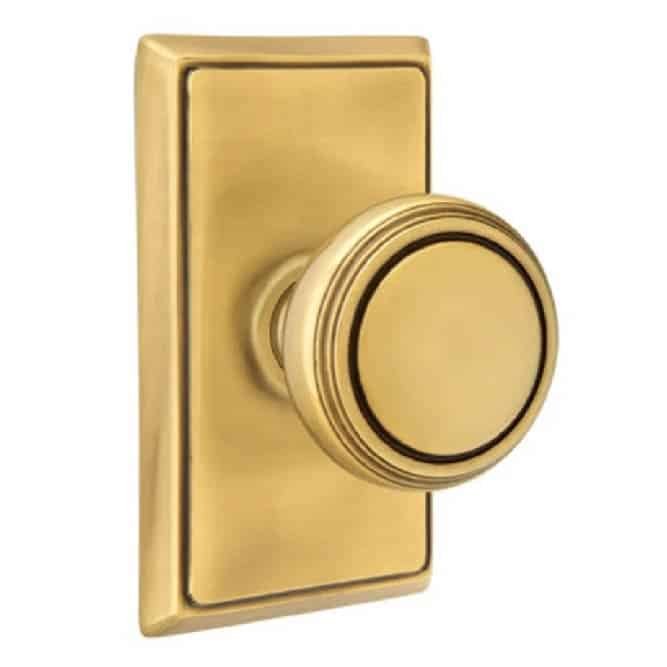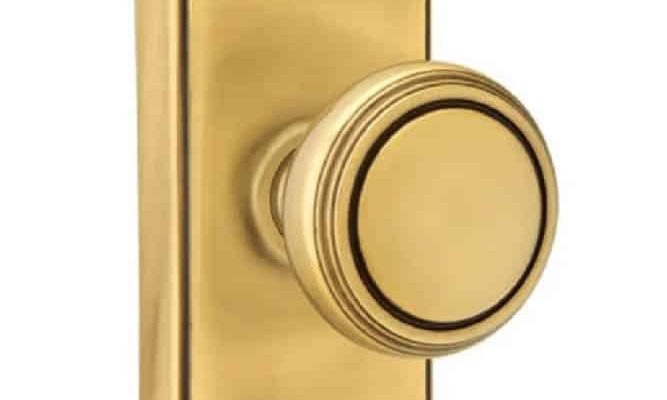
Doors are constantly expanding and contracting due to changes in temperature. This movement can put a strain on hardware, leading to warping, sticking, or even malfunction. You want your doors to open and close smoothly, but if your hardware isn’t up to the task, you’ll face frustrations. Choosing high-quality hardware designed to withstand varying temperatures not only protects your doors but also enhances the overall aesthetic of your home.
Let’s dive into the best hardware options, focusing on materials and products that can endure high temperature changes. We’ll look at why they matter, how to choose, and the installation process step by step.
Understanding the Impact of Temperature Changes on Door Hardware
Temperature changes can be quite a drama for your doors. Think of it like a concert: if the musicians (hardware) aren’t well-tuned, the performance (door function) will suffer. As temperatures rise and fall, materials like wood and metal expand and contract. This movement can lead to misalignment, making your door difficult to operate.
High humidity combined with heat can lead to wood swelling, which makes it even harder for door hardware to function smoothly. When the wood expands, the screws may loosen, causing the hinges to sag. Over time, this can result in gaps or sticking doors, turning your beautiful entryway into a source of frustration.
Using hardware made from stainless steel or brass is often recommended because these materials resist corrosion and maintain structural integrity, even under duress. The goal is to choose hardware that is durable and remains functional no matter what the weather throws at it.
Choosing the Right Materials for Your Door Hardware
Now that we’ve set the stage, let’s talk about materials. The right choices can mean the difference between a door that works perfectly and one that has constant issues. Here are some common options:
- Stainless Steel: Known for its durability and resistance to rust, this material is perfect for humid environments. It won’t corrode easily and can handle temperature swings.
- Brass: Another great option, brass has natural antifungal properties and doesn’t warp with temperature changes. It adds a classic touch and is very strong.
- Plastic Composite: This material is lightweight and resistant to warping. While not as robust as metal options, it can work well for less-used interior doors.
Selecting the right material is part of the battle. Still, it’s essential to ensure that whatever you choose is also rated for the specific conditions of your home. Think about your local climate and where the door is located—those factors can help inform your hardware choices.
Types of Hardware That Handle Temperature Changes Well
When it comes to hardware, not all pieces are created equal. Here are some top choices that excel in fluctuating temperatures:
Hinges
Hinges are vital for a door’s functionality. For high temperature changes, consider using continuous hinges. They’re made from one long piece of material instead of two or three sections. This design distributes weight evenly and reduces stress on the door and frame, making them ideal for variable temperatures.
Handles and Knobs
When choosing handles or knobs, look for options with a solid core rather than hollow ones. Solid handles can withstand thermal expansion better and won’t bend or break as easily. Brass or stainless steel finishes are excellent because they resist corrosion, providing durability and aesthetic appeal.
Locks
Like handles, locks can suffer from temperature changes. Opt for deadbolts with a brass core. Brass is stable and holds up well against temperature changes. Make sure the locking mechanism is smooth and has a good warranty, reflecting its durability.
Maintenance Tips to Extend the Life of Your Door Hardware
Even the best hardware needs some TLC. Regular maintenance can help ensure that your door hardware continues to perform well, especially in changing temperatures. Here are some easy tips:
- Regular Cleaning: Dust and grime can accumulate, leading to sticking or jamming. Wipe down your hardware with a damp cloth and mild soap.
- Lubrication: Use a silicone-based lubricant on hinges and locks to keep them functioning smoothly. Avoid oil-based lubricants, as they can attract dirt.
- Check for Signs of Wear: Look for rust, warping, or loose screws. Early detection can prevent bigger issues down the line.
Maintaining your door hardware not only extends its life but also keeps your doors operating smoothly. Regular checks and a little cleaning go a long way in preventing bigger headaches later.
Installation Considerations for High-Temperature Environments
Installing door hardware might seem straightforward, but there are a few important things to keep in mind—especially in high-temperature areas. Here’s a quick breakdown of the installation process:
1. Measure Twice: Before installing anything, double-check all your measurements. Ensure everything is aligned properly to prevent future issues.
2. Use the Correct Tools: Having the right tools is essential. Use a level to ensure your hinges are straight and a drill for securing screws without stripping.
3. Follow Manufacturer Instructions: Always read the instructions that come with your hardware. Each piece may have unique requirements that affect its performance.
4. Consider Professional Help: If you’re uncertain about installations, it might be worth hiring a professional. They can ensure everything is installed correctly, especially in tricky areas.
Remember, proper installation is just as important as choosing the right hardware in handling temperature fluctuations effectively.
Comparing Universal and Brand-Specific Hardware
You might be wondering whether to stick with brand-specific hardware or opt for universal pieces. Here’s a quick comparison:
Brand-Specific Hardware:
– Typically designed for specific doors or systems
– May offer better compatibility and performance
– Often comes with manufacturer support
Universal Hardware:
– More flexibility; can fit various door types
– Usually more affordable
– May not always perform as well in specific conditions
Ultimately, the choice depends on your specific needs and the existing setup of your doors. If you’re replacing old hardware, matching the original brand often ensures better functionality.
Final Thoughts: Equip Your Doors for Success
Selecting the best hardware for interior doors that face high temperature changes is an investment in comfort and functionality. With the right materials and proper installation, you can keep your doors working smoothly, no matter the weather.
Don’t hesitate to explore options like stainless steel or brass, and always prioritize quality over cost. Regular maintenance will extend the life of your hardware, ensuring your doors remain beautiful and functional for years to come. Taking the time to choose wisely will save you from headaches down the road—a door that doesn’t stick, sag, or warp is well worth it!
